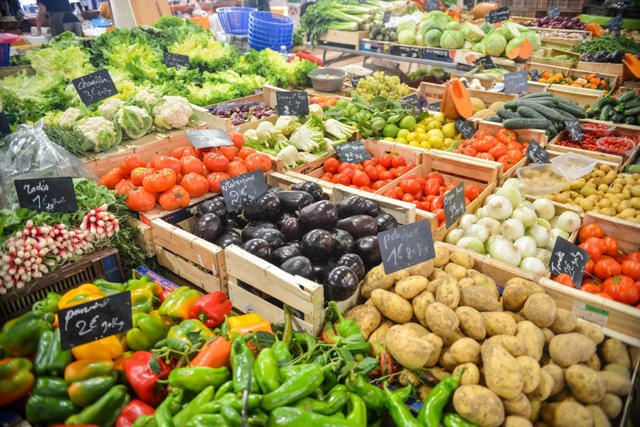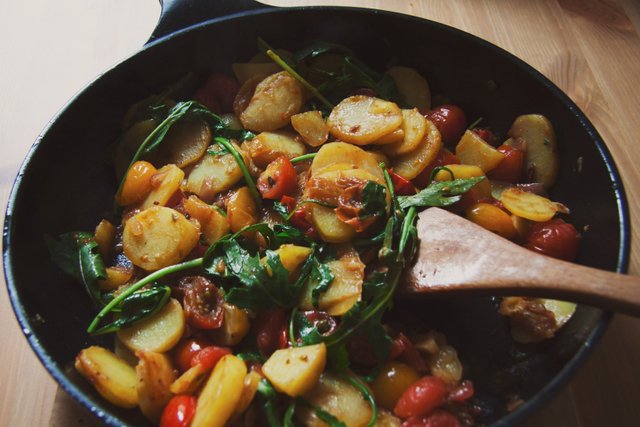Introductory to Sustainable Food Production

Food is one of the key issues when it comes to transitioning to a more sustainable life. Traditional mono-crop, large-scale agri-business and the meat business account for a huge proportion of each individual’s carbon footprint and what we choose to eat has a bigger impact on the environment than most other issues faced by householders. You might be surprised to learn that an individual can lower their carbon footprint more by giving up eating beef than they can by giving up a car.
It can be easy to think about food production as something that happens elsewhere and to lose touch with how food is produced and how it reaches our plates. In order to transition to a more sustainable future, it is essential for as all to take back control of how we eat and where our food has come from. While on a large-scale, governments and big business must take charge in order to feed our growing population in a sustainable way, there is also much that each individual can do to contribute to food production that can be sustained.
One of the first steps that individuals can take to live more green lives is to start growing at least some of their own food. Growing food organically at home is easier, cheaper and takes far less space than you might imagine and with a little imagination and a little effort, everyone can give it a go.
If you have a garden or even an outside space or balcony where you can place a few containers then you can get started straight away. Buying or ‘borrowing’ seeds from other gardeners you know and using recycled household waste to plant things in will allow you begin producing food on a small scale with very little financial input. Even with a large garden, you can start small and gradually increase your growing capacity. Vertical gardening solutions can allow you to make small spaces yield far more than you ever imagined possible.
If you do not have a garden or outside space you may be thinking that none of this applies to you. But even inside you can grow some of your own food – if you have just one sunny windowsill you can grow a variety of salad crops, herbs and more. But there are also other ways to get involved in food production in your community that do not involve growing your own at home. You might be able to get an allotment, get involved in a community garden, or even volunteer to help someone elderly in your community with their home garden in return for a share of the produce. With some imagination and by getting involved with others where you live, everyone, whether you live in a city or town or in the country, can get involved with food production in a sustainable way.

Unless you are lucky enough to have a fairly large garden, you are unlikely to be able to provide for all of your food needs. Everything you do manage to produce is a step in the right direction. For the rest you can still live more sustainably by choosing fresh, largely meat-free options from local and ethical sources. Taking charge of what you eat will benefit you, as well as the planet.
What is intensive gardening system?
Content has been transfered from thebiggestidea.info, which is now unavailable for some time.
Growing it ourselves or supporting a family/community garden is spot on. Every step to sustainable living is one step closer to a freer world. Thank you for posting.